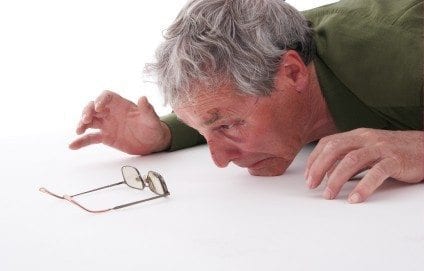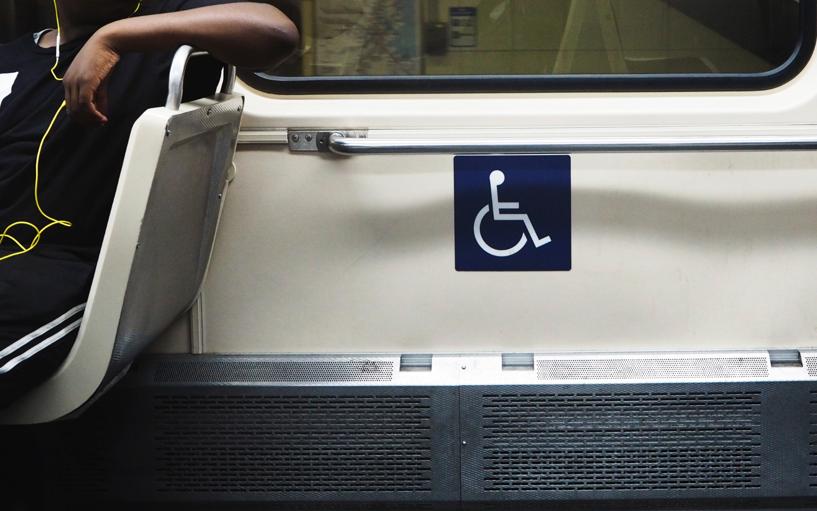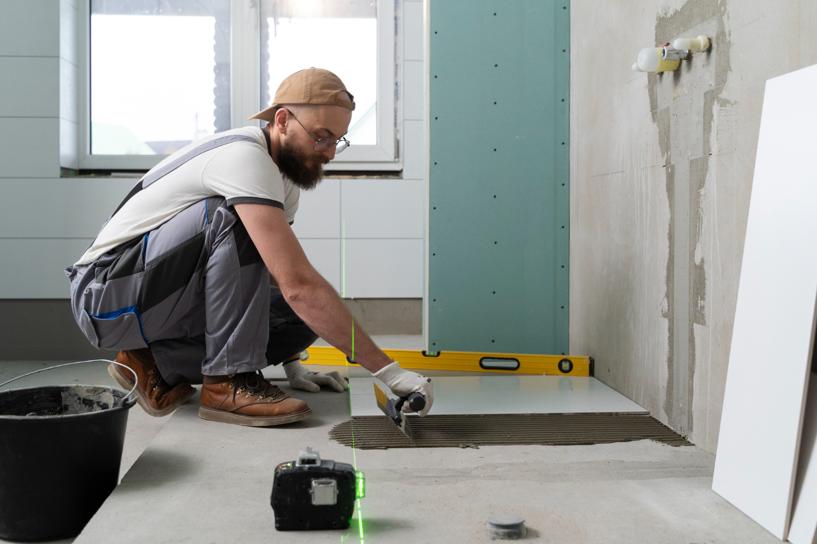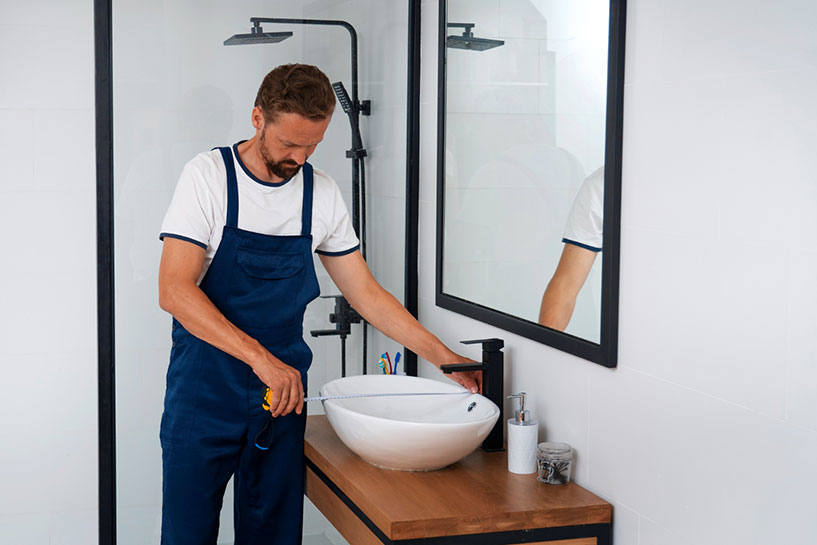We all know someone who has experienced a significant fall. And that’s no surprise, as more than 1-in-3 people aged 65 years and older fall each year in the U.S.
When you are young, minor falls are a natural part of exploring the environment around you. But as we age, falls become increasingly more serious. Older adults often have farther to fall, unpracticed reflexes, decreased bone strength, as well as reduced natural healing abilities.
- More than 2 million older adults go to the emergency because of a fall.[i]
- Falls are the leading cause of accidental death for those 65+ in the U.S.
- The 7th leading cause of death for those 65 or older is falling
- More than 95% of hip fractures are caused by falling[ii]
Emergency room trips from falling are all too common. Many of these accidents lead to major injuries‚ and are often a top reason aging adults end up in care facilities. It’s a myth that falling is a natural part of aging, and although it’s important to be concerned, most falls are preventable with proper planning.
The likelihood of falling depends on a number of risk factors. Read below as we outline the physical and environmental risk factors.
Why Do We Fall?
Physical
- Simon Fraser University researchers found that seniors shifting their weight and losing balance caused 41% of falls.
- Muscle weakness, reduced flexibility and endurance are physical risk factors that can come from a lack of exercise and/or various medical conditions.
- Postural Hypotension (or head rush) is a sudden drop in blood pressure caused by dehydration‚ certain medications‚ diabetes an/or other medical conditions. Head rush typically occurs when suddenly standing from a sitting or lying position‚ which causes dizziness.
- Foot pain‚ numbness or wearing unsafe footwear can cause unsteadiness or tripping.
- Reduced vision‚ depth perception‚ cataracts or glaucoma‚ can make it difficult to see hazards or steps. Multi-focal glasses can also cause confusion.
Environmental
- Simon Fraser University researchers also found that a foot getting caught on a table or chair leg cause caused 25% of falls.
- Poor lighting hides tripping hazards.
- Loose rugs and clutter.
- Trying to carry too much.
- Not having grab bars or proper railings.
- Bathtub or shower step is too high to step over safely.
- The shower floor is slippery.
How to Fall-Proof your Home
Once you have identified your personal risk factors, you can create a prevention plan. Here are some simple and effective ways to make your home fall-proof.
- Remove hazards‚ like clutter‚ cords‚ and loose rugs. Arrange furniture to allow a lot of room to walk around.
- Improve lighting‚ by adding higher wattage bulbs‚ make sure burnt out bulbs are replaced right away.
- Add additional lighting at stairways‚ entrances and in the bathroom. Make sure you have sufficient light by your bed and that you can easily reach the on/off switch. Have a charged flashlight by the bed for power outages.
- Install an Accessible Shower for safer bathing. Replacing your shower space with a shower base brings it level with the bathroom floor. A beveled edge keeps the water out, but allows wheelchairs to roll-in with ease.
- If you are having difficulty getting in and out of your standard bathtub, but still prefer bathing to showering, a Walk in Bathtub may be the solution.
- Move daily items to make them easier to reach. Use carts to transfer heavier items like groceries.
- If your home has stairs to the entryway Residential Porch Lifts could be a safer option.
- Install handrails and Grab Bars in areas that can help you stand from a sitting position‚ also install them in the shower for stability.
- Carry a portable phone with you around the house.
- If you live on your own, arrange for someone to call or visit daily.
What to do if you Fall
It’s important to have prevention techniques, but sometimes there’s nothing you can do. If you find yourself off balance or you trip, it’s best to be prepared. Here is what to do if you have fallen.
- Remain still for a minute or so. You could very likely be in a state of shock.
- Determine if you are injured before trying to get up‚ so you don’t cause more damage by moving too quickly.
- If you think you are able to get up safely‚ roll onto your side and rest again while your blood pressure stabilizes.
- Slowly get up on your hands and knees and crawl to a sturdy chair. Use the chair for support as you slowly get up‚ then sit in the chair and rest.
- If you are injured‚ try to get comfortable and call for help if you can.
- Even if you weren’t injured in the fall, be sure to tell your doctor. Falls can be a sign of new medical issues or that your medications or eyewear prescription needs to be adjusted.
As we age the possibility of falling increases as does the likelihood of more serious injuries. Nonetheless, being aware of the risk factors, fall-proofing your home, and having a plan of action can mitigate a lot of the risk and visits to the emergency.
We at the Freedom Blog hope these tips can help create a safe and worry-free home for you or your loved ones.
Do you have a falling experience you want to share? Or do you have any tips to add? Please comment below, we’d love to hear from you.
If you enjoyed this post, please consider sharing it on Facebook or Twitter below.
P.S. We’d love to meet you on Twitter here or on Facebook here
[i] Senior Health “About Falls” https://go4life.nia.nih.gov/preventing-falls/
[ii] Hayes WC, Myers ER, Morris JN, Gerhart TN, Yett HS, Lipsitz LA. Impact near the hip dominates fracture risk in elderly nursing home residents who fall. Calcif Tissue Int 1993;52:192-198.





Excellent information for a pervasive issue facing many aging adults.